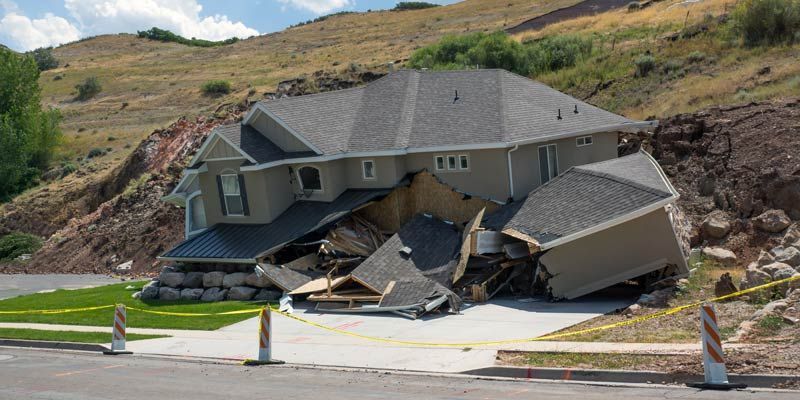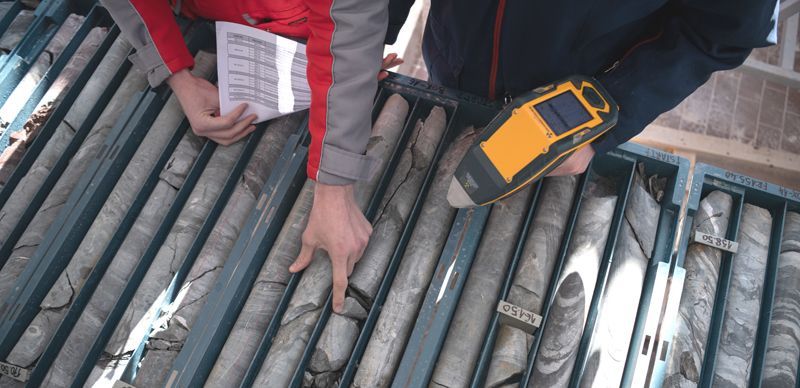The Future of Civil Engineering: Trends and Predictions

The Future of Civil Engineering: Embracing Innovation, Sustainability, and Resilience
Civil engineering is a dynamic field that involves the planning, design, construction, and maintenance of infrastructure projects. As society continues to evolve, so does the role of civil engineers, who are increasingly tasked with addressing the challenges posed by urbanization, climate change, technological advancements, and evolving social needs. This blog explores the current trends in civil engineering and makes predictions about how the field will evolve over the next decade.
Technological Advancements in Civil Engineering
One of the most significant trends reshaping civil engineering is the rapid integration of technology into the design and construction processes. Innovations such as Building Information Modeling (BIM), Geographic Information Systems (GIS), and advanced simulation software have fundamentally changed how civil engineers approach projects. BIM, for instance, allows engineers to create detailed three-dimensional models of infrastructure, facilitating better collaboration among stakeholders and minimizing costly errors during construction. This trend toward digitization is expected to continue, with a growing emphasis on data-driven decision-making.
Emerging technologies such as artificial intelligence (AI) and machine learning are beginning to make their mark in civil engineering. These technologies can help optimize design processes, enhance project management, and predict potential structural issues before they arise. For example, AI algorithms can analyze vast datasets to identify patterns and make predictions about material performance, helping engineers select the most suitable materials for specific applications. As the industry adopts these tools more widely, civil engineers will be better equipped to tackle complex challenges in urban infrastructure and environmental sustainability.
Sustainable Practices and Green Engineering
Another prominent trend in civil engineering is the shift towards sustainability and green engineering practices. As the consequences of climate change become increasingly evident, civil engineers are challenged to develop infrastructure that is not only durable but also environmentally responsible. Sustainable design focuses on minimizing the ecological footprint of projects by using renewable materials, reducing waste, and optimizing energy efficiency.
For instance, the use of recycled materials in construction is gaining traction among civil engineers. Projects that incorporate reclaimed concrete, recycled steel, and sustainable timber not only reduce resource consumption but also lower the carbon emissions associated with new material production. Additionally, civil engineers are increasingly designing structures with energy-efficient features, such as solar panels and green roofs, which promote environmental sustainability and enhance the quality of life for occupants.
Looking ahead, it is likely that regulatory standards will become stricter, further pushing the demand for sustainable engineering practices. Many regions are already implementing guidelines that mandate specific environmental considerations during the planning and design phases of public infrastructure projects. The expansion of sustainable civil engineering is not just a trend; it is expected to be a core principle that defines the future of the profession.
Urbanization and Smart Cities
The ongoing trend of urbanization presents both challenges and opportunities for civil engineers. As cities become more populated, engineers must develop resilient infrastructure that can support a growing population while addressing issues such as traffic congestion, pollution, and inadequate public services. The concept of "smart cities" is gaining momentum as a solution to these challenges. Smart cities leverage technology and data to improve urban living conditions, enhance infrastructure efficiency, and promote sustainability.
In smart city initiatives, civil engineers play a crucial role in designing and implementing interconnected systems, including transportation networks, energy grids, and water supply systems. The integration of sensors and the Internet of Things (IoT) allows for real-time monitoring of urban systems, enabling more effective management of resources and quicker responses to emergencies. For example, smart traffic signals can adapt to real-time traffic conditions, reducing congestion and improving air quality.
As urban areas continue to expand, the demand for civil engineers who specialize in smart infrastructure will likely increase. This shift signifies a move towards a more integrated approach to urban planning and design, where civil engineering is not just about building structures but also about creating cohesive urban environments that enhance the quality of life for residents.
Resilience Against Climate Change
The impact of climate change is a critical concern for civil engineering, as infrastructure must be designed to withstand increasingly severe weather events. From rising sea levels to more frequent flooding and extreme temperatures, civil engineers are called to enhance the resilience of existing infrastructure while planning new projects. This involves evaluating vulnerabilities and developing strategies that account for potential climate-related risks.
In the face of climate change, engineers are adopting innovative design strategies such as elevating structures in flood-prone areas, utilizing permeable pavement to manage stormwater runoff, and reinforcing infrastructure to better withstand extreme weather conditions. Additionally, the use of predictive modeling software allows engineers to assess how future climate scenarios may impact their designs.
In the coming decade, the focus on climate resilience is expected to deepen. Public and private sectors alike will increasingly prioritize projects that emphasize adaptive capacity and sustainability. As civil engineers engineer infrastructure equipped to handle climate impacts, they will also contribute to community resilience by designing spaces that promote social well-being, connectivity, and adaptability.
Collaboration and Interdisciplinary Approaches
The future of civil engineering will also see a shift towards greater collaboration and interdisciplinary approaches. As projects become more complex, civil engineers will need to work closely with professionals from various fields such as environmental science, architecture, urban planning, and data science. This collaborative model allows for diverse perspectives to inform designs, resulting in well-rounded solutions that address multiple aspects of infrastructure development.
Interdisciplinary collaboration fosters an environment of innovation, where engineers can draw from the latest research and practices in other fields to inform their work. For example, collaboration with environmental scientists can guide civil engineers in understanding ecosystem integrity while designing infrastructure projects, thereby leading to solutions that respect natural systems and reduce adverse environmental impacts.
As civil engineers embrace teamwork and communication skills, they will be better equipped to tackle complex problems while developing infrastructure that is functional, sustainable, and resilient. The shift towards interdisciplinary cooperation reflects a broader understanding that infrastructure development cannot occur in isolation but should consider social, environmental, and economic factors collectively.
Conclusion: The Road Ahead
In summary, as we look toward the future, civil engineering is positioned to undergo significant transformation driven by technological advancements, sustainable practices, the demands of urbanization, and a heightened awareness of climate resilience. The trends outlined in this analysis—such as the integration of digital tools, a commitment to sustainability, the development of smart cities, and an emphasis on interdisciplinary collaboration—represent key directions for the industry.
By embracing these trends, the field of civil engineering will not only evolve but also address the pressing challenges of the 21st century, shaping a built environment that enhances the quality of life for future generations. Civil engineers will continue to be indispensable as they design, innovate, and create the infrastructure that supports our communities and keeps pace with a rapidly changing world.









